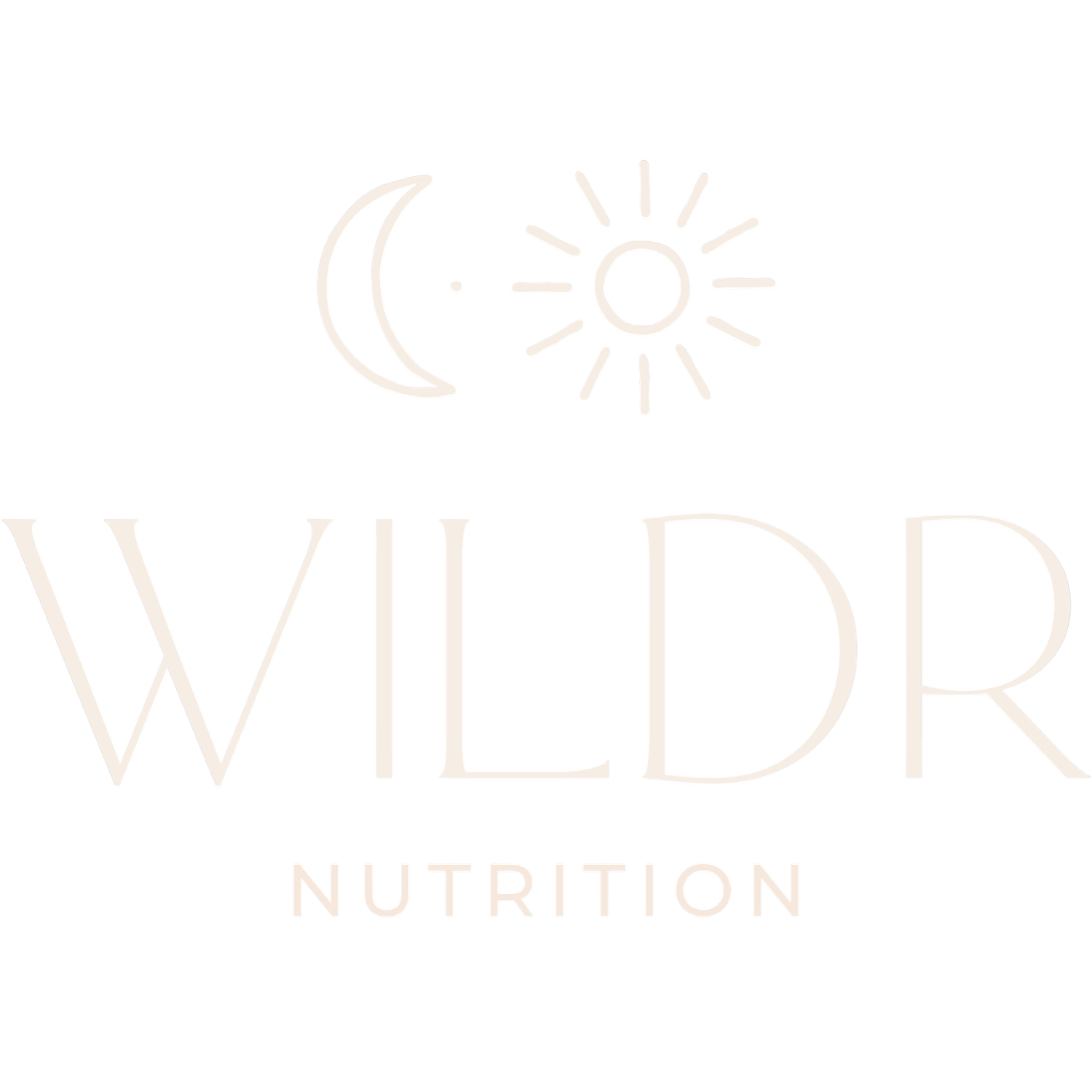Skin Troubleshooting Guide
This is the first in a series of posts to help you ‘troubleshoot’ your own health. We’re all so unique that, at the end of the day, there’s no absolute right or wrong when it comes to health and nutrition. The best thing we can all work towards is developing a genuine appreciation for the quirks of our own body. My hope for my clients while working with me, is that they start to really understand their own physiology, nervous system, and triggers.
My personal health journey has primarily involved improving my allergies, skin, and high histamine levels. After years of gut work and trial and error, my skin and allergies are the best they’ve ever been — but they’re not perfect. I know immediately when my histamine levels are up a bit, and I can take steps to prevent it from turning into a full-blown allergy response (most of the time).
Acne
WHY IT CAN OCCUR: Acne is inflammation of the oil and hair follicles and usually presents on the face, chest, or back. Jawline acne is often related to hormone imbalance — particularly too much testosterone (and its inflammatory metabolites). Higher available testosterone causes the follicles to overproduce sebum, which gets backed up and causes blockages. Combine the high-testosterone picture with an overloaded immune system, and you get chronic acne.
WHERE TO START: Eat more protein and avoid refined or whole-food sugars/carbohydrates on their own — one of the recommendations I make most often! In this case, it’s the first place to start because high insulin levels can drive high testosterone and its metabolites. High blood sugar stimulates the release of insulin. If you can blunt the blood sugar response by ensuring you have protein with every meal and snack = lower insulin = lower testosterone metabolites.
I’d also recommend removing dairy from the diet for a 6-week period, as this can often be a food that drives the immune overload part of the equation.
Eczema
WHY IT CAN OCCUR: A chronic inflammatory skin condition associated with the breakdown of the skin barrier, often resulting in itchy, flaky, and red patches of skin. It’s driven by an overactive immune system and sometimes food or environmental allergies. Due to the inflammation and loss of skin integrity, infection can set in, perpetuating the inflammation.
WHERE TO START: Support the immune system and skin barrier by supplementing with active vitamin A, zinc, and vitamin D. Identify and remove food triggers — often dairy, gluten, or eggs. Support the skin barrier by using a natural oil/moisturiser; tallow is a good option as it naturally contains vitamin A. Consider stool testing for chronic cases.
Psoriasis
WHY IT CAN OCCUR: Psoriasis is an autoimmune condition causing rapid skin cell turnover, resulting in scaly patches over the scalp or body. An autoimmune condition means the body’s immune system is dysfunctional and attacking itself — in this case, the skin cells. Stress often plays a significant role.
WHERE TO START: Test vitamin D levels and supplement if required (we want vitamin D above 100 mmol/L in cases of autoimmunity). Consider ways to reduce the stress load on the body — emotionally, physically, physiologically, and psychologically — and introduce behaviours that increase the body’s tolerance and capacity for stress, reducing the level of perceived stress.
Hives
WHY IT CAN OCCUR: Hives are due to excess histamine in the body — often triggered by something in food or the environment, so they’re considered an ‘allergy’ of sorts. Histamine is a signalling molecule produced by the immune system. Excess histamine can result from overproduction and/or impaired clearance.
WHERE TO START: Identify triggers and be mindful of them (even if you can’t remove them completely). Support histamine clearance in the body by consuming plenty of vitamin C, leafy greens, and meat. Check B12 and folate levels in the blood and supplement if required.
Fungal Infection
(Dandruff, athlete’s foot, and fungal toenail)
WHY IT CAN OCCUR: Caused by yeast overgrowth in various tissue types — often there’s also a high load of yeast in the gut in these cases.
WHERE TO START: Dry your skin and hair thoroughly whenever possible (use a hairdryer!). Yeasts thrive in moist environments. Work to balance yeast levels in the gut by reducing refined carbohydrates and sugars — these are the foods yeasts love most. Focus on eating plenty of protein and whole foods. Take 2 tbsp of apple cider vinegar diluted in 2 tbsp of water prior to every meal.

